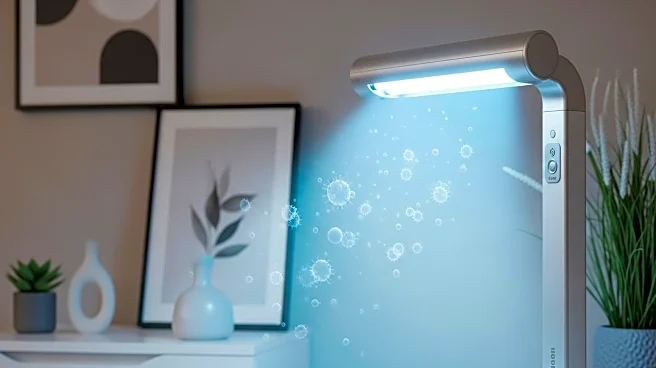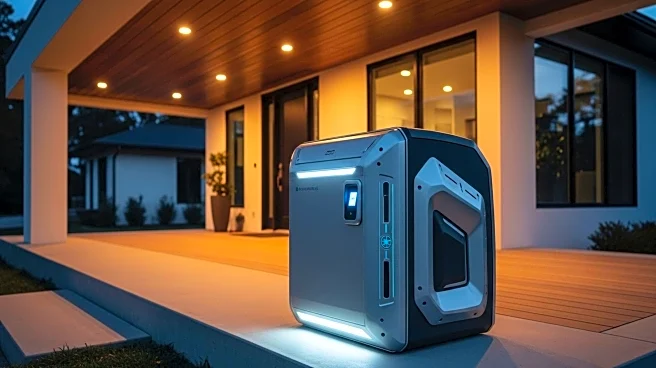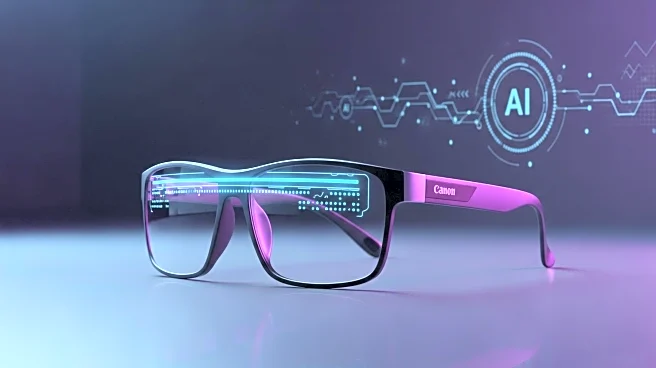What's Happening?
Researchers at the University of Colorado Boulder have discovered a method to neutralize airborne allergens using ultraviolet (UV) light. The study, led by Tess Eidem, a senior research associate, demonstrates that a passive UV light treatment can quickly inactivate allergens such as pet dander, dust mites, mold, and pollen. The research, published in the journal ACS ES&T Air, suggests that UV light can alter the structure of allergenic proteins, preventing the immune system from recognizing them and triggering allergic reactions. This approach offers a potential tool for reducing allergens in homes, schools, and other indoor environments.
Why It's Important?
This development is significant as it offers a new method to combat indoor allergens, which can persist long after their source is removed and exacerbate conditions like asthma. Traditional methods such as vacuuming and air filters are often difficult to maintain over time. The UV light method provides a rapid reduction in allergen levels, potentially offering relief to the one-in-three adults and children in the U.S. who suffer from allergies. This could also reduce asthma attacks, which are often triggered by airborne allergens and result in fatalities.
What's Next?
The researchers envision the development of portable UV light devices that individuals could use in various settings, such as visiting homes with pets or cleaning dusty areas. These devices could also protect workers exposed to allergens, such as those in animal-related industries or cannabis grow houses. Further research and development are needed to create consumer-friendly versions of these UV systems, which could significantly improve quality of life for allergy sufferers.
Beyond the Headlines
The use of UV light to neutralize allergens also raises considerations about safety and environmental impact. While the UV222 lights used in the study are considered safe for occupied spaces, they can produce ozone, necessitating controlled exposure. This innovation could lead to broader applications in public health and environmental management, potentially transforming how indoor air quality is managed.










